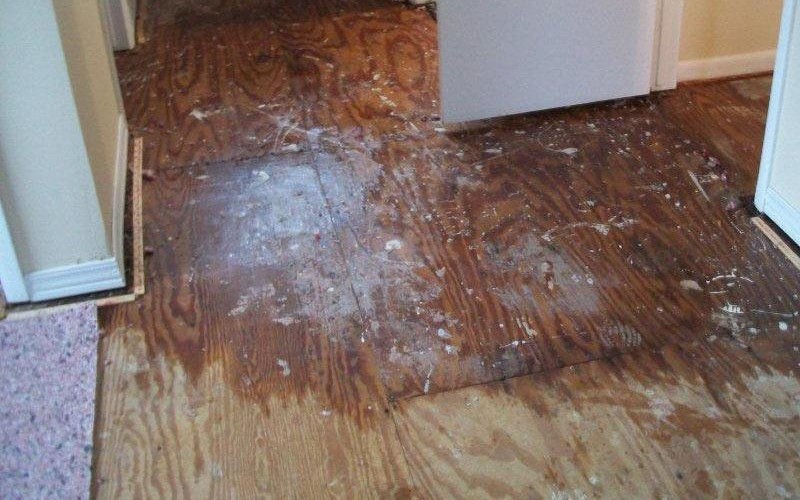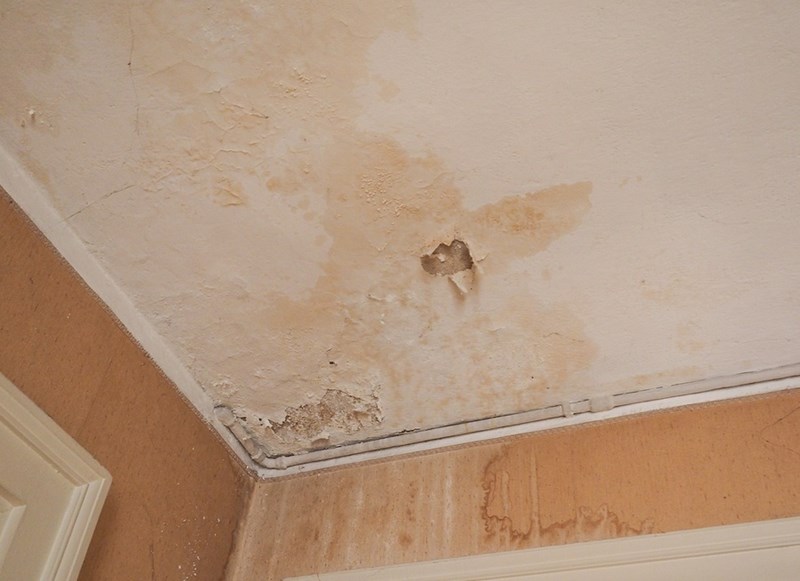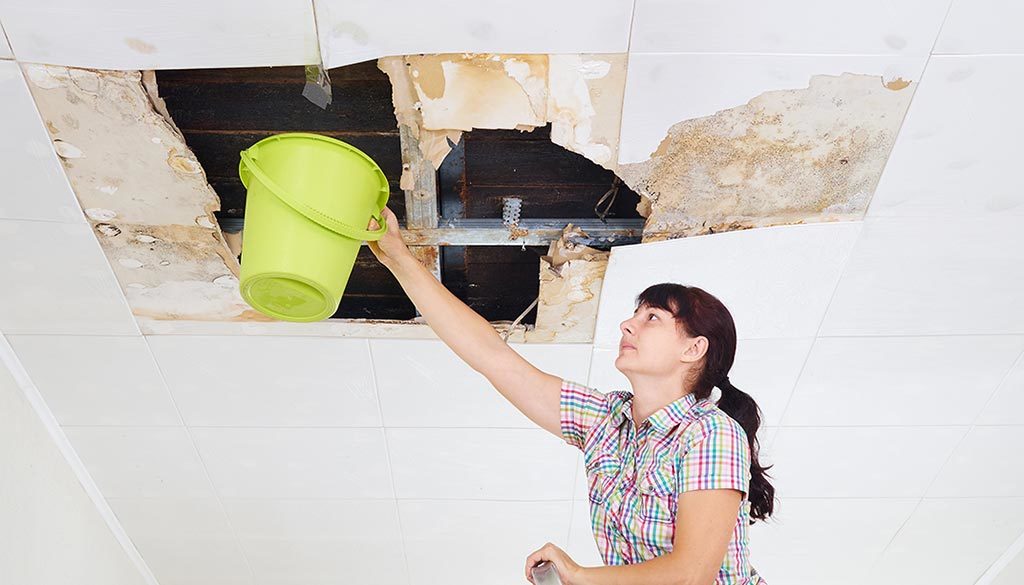Cost-Effective Damage Restoration Services to Handle Severe Water Issues
The Process of Water Damages Cleaning: Ensuring Your Home Is Brought Back Efficiently
Water damages can be a challenging difficulty for house owners, necessitating a structured and careful clean-up process to restore safety and functionality. A thorough assessment is essential to identify the degree of the damages and figure out the suitable remediation steps. Following this, reliable water extraction methods play a crucial role in mitigating more harm. The subtleties of drying out, disinfecting, and ultimate reconstruction are equally crucial and often neglected. Understanding these phases can make a significant distinction in the outcome of your home's reconstruction, prompting a closer check out what each step entails.
Examining the Damage
Upon uncovering water damage, the primary step is to thoroughly assess the extent of the impact. This first examination is vital, as it helps figure out the required steps for reliable clean-up and remediation. Begin by inspecting the impacted areas, consisting of walls, ceilings, floors, and personal valuables, to determine the source of the water intrusion, whether from flooding, leaks, or condensation.
Recording the damage is vital for both insurance claims and planning remediation efforts - damage restoration services. Use pictures and composed notes to catch the extent of the damages, keeping in mind any kind of damaged structural aspects and materials. Pay unique interest to locations that might not be immediately noticeable, such as behind wall surfaces and under carpets, as hidden moisture can lead to further problems, including mold and mildew growth
Furthermore, examine the timeline of the water exposure. The longer the materials stay wet, the better the possibility for damage. Understanding the duration of direct exposure will inform the necessity of removal initiatives. Eventually, a detailed evaluation prepares for a successful water damages cleaning process, ensuring that all impacted locations are addressed effectively and thoroughly.
Water Removal Techniques

Professionals typically utilize submersible pumps for bigger volumes of water, which can promptly ease flooding in cellars or other affected areas. For smaller sized amounts, wet/dry vacuums are often utilized to draw out residual moisture from carpets and tough surface areas. Additionally, using portable extractors permits targeted elimination in confined areas or locations with fragile products.
In circumstances of infected water, such as sewage or floodwater, advanced removal methods may involve using biohazard tools to make certain safety and security and compliance with health and wellness laws. High-powered removal tools are crucial in lessening water retention in structural materials, which can cause mold and mildew growth and architectural damage if not addressed immediately.
Inevitably, the performance of water extraction techniques plays a pivotal duty in the overall success of the water damage cleaning process, preparing for succeeding reconstruction initiatives.
Drying and Dehumidification
As soon as standing water has been successfully drawn out, the next crucial stage in the water damages cleaning process is drying and dehumidification. This action is vital to avoid further damage and mold growth, which can occur within 24 to 2 days in moist settings.
To achieve effective drying, customized equipment such as industrial-grade air moving companies and dehumidifiers is utilized. Air moving companies distribute air across wet surfaces, boosting dissipation prices, while dehumidifiers reduce humidity degrees airborne, promoting a favorable environment for drying out. The combination of these tools makes certain that dampness is drawn out from furnishings, floors, and walls, enabling them to completely dry thoroughly.
It is essential to keep an eye on the drying out procedure closely. Professionals commonly utilize wetness meters to analyze the Go Here moisture content in different materials, making sure that all affected locations reach acceptable dryness levels. This careful approach helps to continue reading this stop hidden dampness pockets that might cause structural damage or undesirable mold and mildew growth.

Cleaning and Sterilizing
After the drying and dehumidification stage is complete, the next vital action in water damage cleaning is cleaning and disinfecting the impacted areas. This process is vital to avoid the growth of mold, bacteria, and various other virus that prosper in moist settings.
The cleaning stage typically entails removing any type of debris, dust, and impurities from surface areas using specialized cleaning representatives. For tough surface areas, a combination of soap and water or business cleaning items is frequently employed. Soft materials, such as furniture and carpets, might require much more considerable cleansing techniques, including vapor cleaning or deep extraction methods, to make sure complete hygiene.

Sterilizing adheres to cleaning, utilizing EPA-approved disinfectants to get rid of harmful bacteria. This step is crucial, especially in areas that may have come right into call with floodwaters or sewage, as these sources can posture severe health threats.
Furthermore, it is essential to resolve any remaining smells, which might require using odor neutralizers or innovative methods like ozone therapy. Proper cleansing and disinfecting not just recover the safety and security and hygiene of your home yet additionally prepared for effective reconstruction and repair services in subsequent phases of the water damages cleaning process.
Reconstruction and Repairs

Once the assessment is full, repair efforts can start. Furthermore, flooring might call for comparable focus, depending on the degree of water exposure.
It is important to involve knowledgeable restoration professionals during this procedure, as they possess the knowledge to deal with complicated repair services properly. In addition, they can aid minimize potential future issues, such as mold growth or architectural instability, therefore guaranteeing a safe and habitable living environment. Inevitably, reliable remediation and repairs restore the home's stability and improve its overall worth.
Conclusion
In verdict, the process of water damages cleanup is crucial for bring back a home to its pre-damage condition. Each stage, from analyzing the damage to applying efficient water removal strategies, adhered to by detailed drying, sanitizing, and required repair services, plays a vital role in making sure security and compliance with building requirements. Reliable implementation of these steps not just mitigates immediate damage but likewise boosts the long-term honesty and value of the residential or commercial property.
Water damage can be an overwhelming obstacle for property owners, necessitating a structured and careful cleanup process to bring back safety and functionality. Ultimately, a comprehensive evaluation lays the groundwork for a successful water damage cleanup procedure, making certain that all impacted areas are addressed properly and completely.
Efficient water removal strategies are necessary in mitigating damage and stopping additional difficulties following a water breach event.In pop over to these guys final thought, the procedure of water damage cleaning is essential for restoring a home to its pre-damage condition. Each phase, from assessing the damages to implementing reliable water removal strategies, adhered to by extensive drying, sanitizing, and required repair work, plays a necessary role in making sure security and conformity with structure requirements.